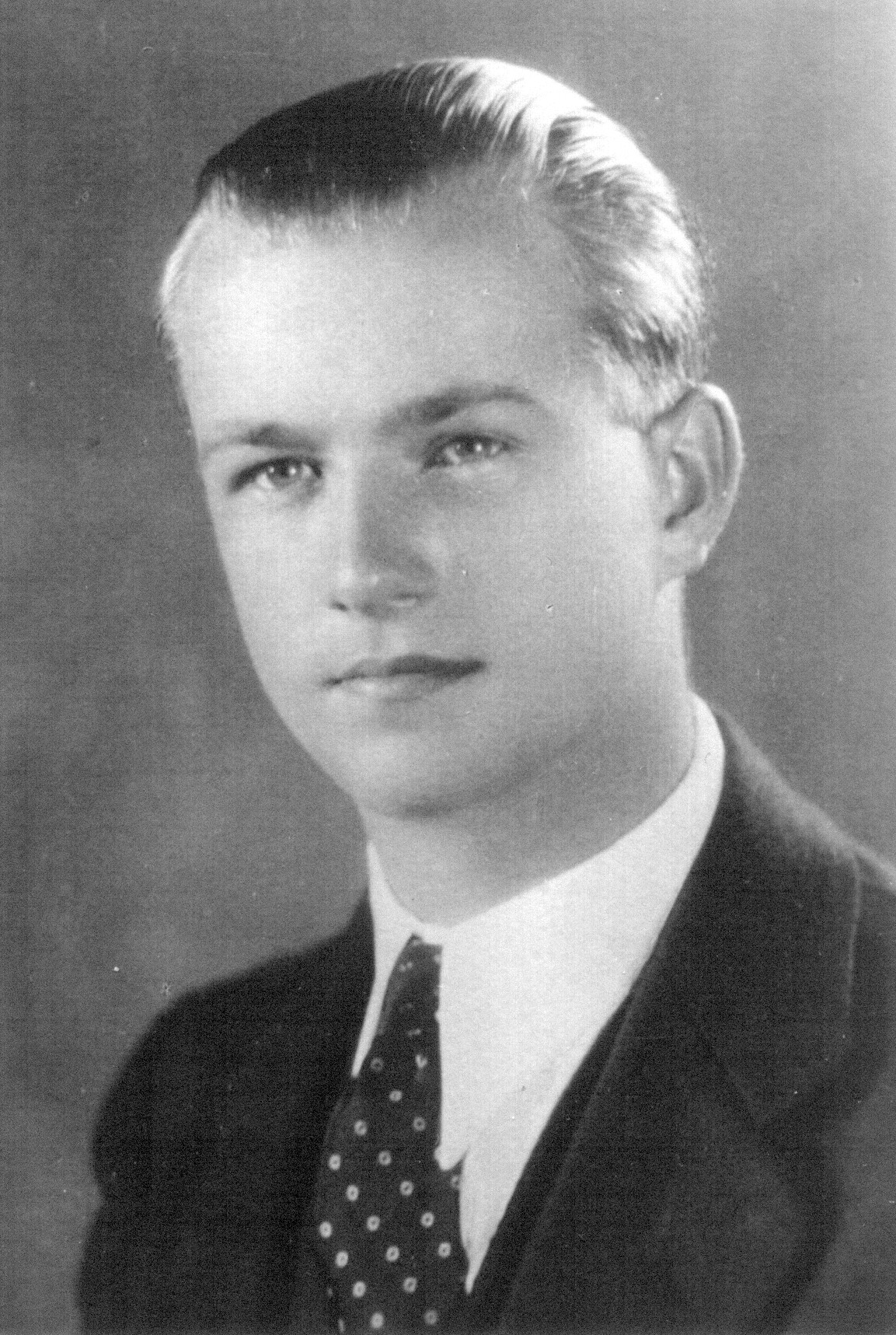|
| Originally the contest was held on
the second or third Saturday morning in November and was
divided into two parts, each lasting one and one-half hours.
Part I consisted of ten multiple choice questions which were
computer graded while the contestants worked on Part II,
seven problems for which the contestants were expected to
write out full solutions. After a (free) lunch, the
contestants would return to the lecture hall where a member
of the mathematics division (or an outside speaker) would
give a short talk. Meanwhile, the remaining members of
the division would separate out the top one-third scoring
contestants from Part I and hand grade their Part II papers.
Total scores were determined, the winner was announced to
the assembled contestants, and small cash prizes for first,
second and third place were awarded. Alfred University
offered a $500 scholarship to the winner (or, if the winner
did not accept, the first contestant in the top five to
accept). The scholarship was increased to $1000 in the
early 1990's. Between Thanksgiving and Christmas, all
the examinations were graded and scores and standings were
sent to each participating school. The winner of the exam in 1968, the first year, was Tim Frawley, a student at Corning-Painted Post East High School. Tim later became a mathematics teacher at Corning-Painted Post West High School and over the years brought several hundred students to the contest. He must have been an excellent coach, for in recent years, the Corning-Painted Post West students have dominated the standings. Over the next several years the general format of the contest changed very little. In 1972 the number of multiple choice problems increased to 12 and to 15 in 1973. Each year the members of the mathematics faculty submit 5 - 10 problems and in late October they hold a late afternoon meeting to determine which problems will be included in the test. The meetings have been described as being filled with anguish, confusion, and hilarity, sometimes all at the same time. The problems are intended to be difficult, but they do not required advanced techniques available only to seniors. Indeed, most years underclassmen have scored in the top five and many years underclassmen have placed first. In 1985 Professor Robert Sloan compiled a history of the Nevins Competition from its beginning until 1984. This history has been a valuable resource for those who want to know how this competition started and it contains a copy of all of the exam questions, answers, and a classification of all questions (algebra, counting and probability, geometry, and logic). Professor Sloan retired in 1986 and passed away in early 2009. in 1988 a team competition was added. Schools with at least three participants were eligible to enter. At first, the high school teachers were required to choose who would be on their three person team, but after a few years the top three scorers from each school were automatically placed on the team. The school representing the winning team receives a plaque. The first year's team winner was Kenmore East High School, and the winning team every year since 2000 has been Corning-Painted Post West High School. Records are incomplete for the first few years, but in 1970 there were 96 contestants and by 1976, that number had grown to 164. After 1976 the number of participants fluctuated from year to year, but there was a definite downward trend. By 1991 there were only 76 participants representing 13 schools and in 1992 there were only 78 participants. It was the feeling that contestants and their high school teachers alike were reluctant to give up a Saturday. Friday, on the other hand, is a day off from school - so in 1993 the competition was moved to Friday, November 12. The number of participants nearly doubled to 148, and by 1996 the number of participants grew to 297. In 1997 the competition was scheduled for the November 14. That morning there was an intense early winter blizzard, so the contest was cancelled for that year. Beginning in 1999 the competition has been held the first Friday in November. Also in 1999, the examination was condensed to one part with 30 multiple choice problems. The purpose of this change was to be able to announce the winners before most students had to return to their home schools. The number of participants peaked in 2005 when there were 370 contestants. Since that time there have been approximately 300 contestants per year. In 2007 the contestants were divided into two categories: (1) The Junior/Senior Division and (2) the Sophomore Division (eight graders and Freshmen also compete in this second division). Small Cash prizes are awarded to the top three finishers in each division and the top three finishers in the Junior/Senior Division are also offered scholarships to Alfred University. |
